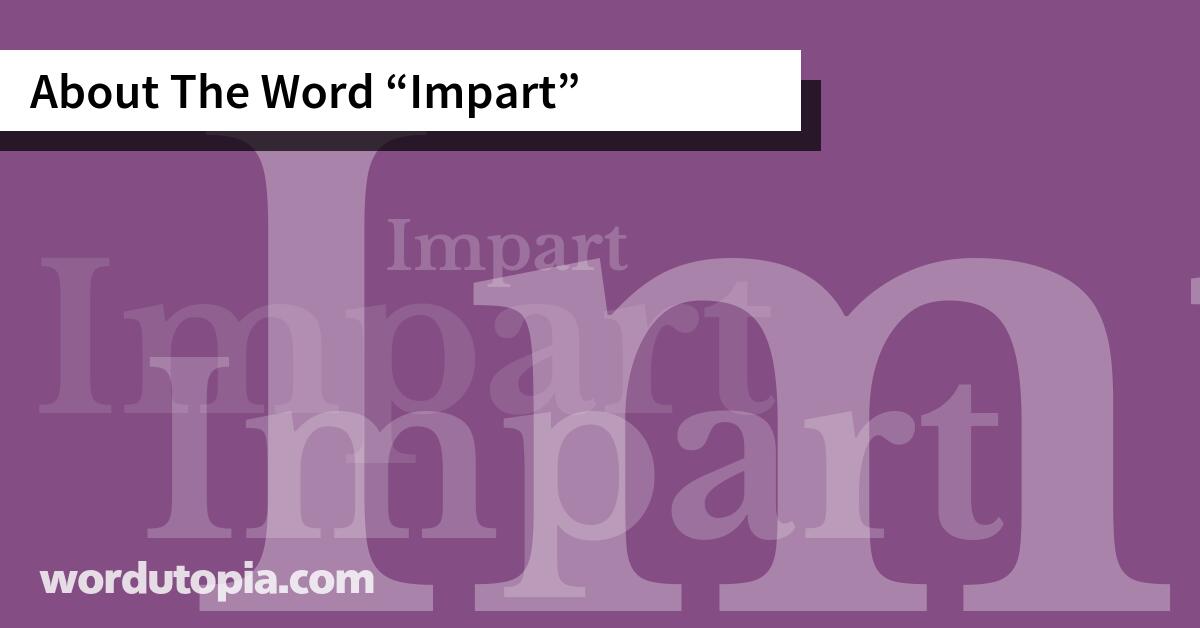Everything you wanted to know about the word “flexure”, including spelling, parts of speech, “flexure” meaning and origins, anagrams, rhyming words, encodings, crossword clues and much more!

Table of Contents
- How to spell “flexure”
- How many vowels and consonants in “flexure”
- How many syllables in “flexure”
- What type of word is “flexure”
- Word families for “flexure”
- Common misspellings of “flexure”
- Similar words to “flexure”
- Scrambled words derived from “flexure”
- Fun facts about the word “flexure”
- Phonetic spelling of “flexure”
- “flexure” spelled in Morse code
- ASCII spelling of “flexure”
- Binary spelling of “flexure”
- Hexadecimal value of “flexure”
- Decimal spelling of “flexure”
- Octal value of “flexure”
How to spell “flexure”
Flexure is spelled f-l-e-x-u-r-e and has 7 letters.
How many vowels and consonants in “flexure”
The word “flexure” has 4 consonants and 3 vowels.
How many syllables in “flexure”?
There are 2 syllables in the word “flexure”.
What type of word is “flexure”?
The word "flexure" can be a noun and verb.Common misspellings of “flexure”
FlixureSimilar words to “flexure”
Fleur, flexural, fleuret, flexured, flexuresScrambled words derived from “flexure”
Lefexru, xfleure, eulfrxe, efeurlx, lruxeef, efrlxeu, efelxur, ruexelf, uflxeer, rfeelxu, rleefux, xrfeeul, lueefxr, eerlxuf, xrefleu, leuxefr, xuerlfe, feerlxu, xrlueef, urelfxe, frxeule, exlferu, xlefrue, rfeulxe, xerluefFun facts about the word “flexure”
The word “flexure” has a Scrabble score of 17 and reads eruxelf in reverse.
Phonetic spelling of “flexure”
Foxtrot Lima Echo X-ray Uniform Romeo EchoThe phonetic alphabet, specifically the International Phonetic Alphabet (IPA), is a system of notation for the sounds of languages created by linguists. Unlike conventional written alphabets, which vary across languages and can have inconsistent mappings of symbols to sounds, the IPA is designed to provide a consistent and universally understood means of transcribing the sounds of any spoken language.
“flexure” spelled in Morse code
..-. .-.. . -..- ..- .-. . (dot dot dash dot dot dash dot dot dot dash dot dot dash dot dot dash dot dash dot dot).Morse code is a method used in telecommunication to encode text characters as sequences of two different signal durations, called dots and dashes, or dits and dahs. It was developed in the 1830s and 1840s by Samuel Morse and Alfred Vail for their new invention, the telegraph, which required a simple way to transmit text messages across long distances.
ASCII spelling of “flexure”
Lowercase: 102 108 101 120 117 114 101
Uppercase: 70 76 69 88 85 82 69
ASCII, which stands for American Standard Code for Information Interchange, is a character encoding standard used by computers and electronic devices to understand and represent text.
Binary spelling of “flexure”
Lowercase: 1100110 1101100 1100101 1111000 1110101 1110010 1100101
Uppercase: 1000110 1001100 1000101 1011000 1010101 1010010 1000101
Binary encoding is a system that computers and digital devices use to represent and process information. It's based on binary numbers, which are composed only of zeros and ones, known as bits.
Hexadecimal value of “flexure”
Lowercase: 0x66 0x6C 0x65 0x78 0x75 0x72 0x65
Uppercase: 0x46 0x4C 0x45 0x58 0x55 0x52 0x45
Hexadecimal is a number system commonly used in computing as a human-friendly way of representing binary data. Unlike the decimal system, which is base 10 and uses digits from 0 to 9, the hexadecimal system is base 16, using digits from 0 to 9 and letters from A to F to represent the values 10 to 15.
Decimal spelling of “flexure”
Lowercase: 102 108 101 120 117 114 101
Upprcase: 70 76 69 88 85 82 69
The decimal system, also known as base-10, is the numerical system most commonly used by people in everyday life. It's called "base-10" because it uses ten digits: 0 through 9. Each position in a decimal number represents a power of 10.
Octal value of “flexure”
Lowercase: 146 154 145 170 165 162 145
Upprcase: 106 114 105 130 125 122 105
Octal is a base-8 number system used in digital computing. Unlike the decimal system which uses ten digits (0-9), and the binary system which uses two (0 and 1), the octal system uses eight digits: 0 through 7. Each position in an octal number represents a power of 8.









